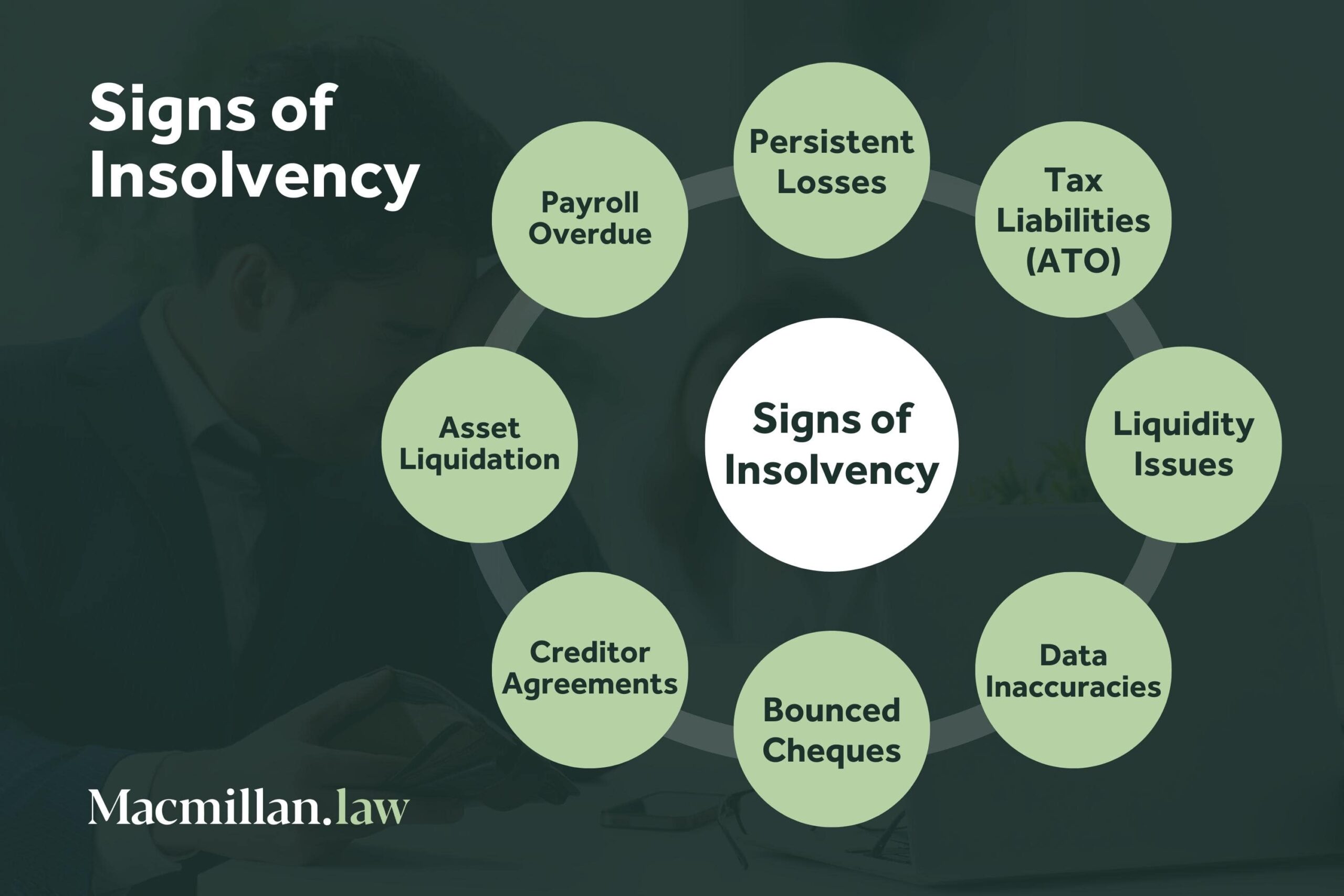Some Known Factual Statements About Insolvency Practitioner
Some Known Factual Statements About Insolvency Practitioner
Blog Article
The 6-Minute Rule for Insolvency Practitioner
Table of ContentsInsolvency Practitioner - An OverviewInsolvency Practitioner for DummiesNot known Facts About Insolvency PractitionerSome Known Details About Insolvency Practitioner Little Known Questions About Insolvency Practitioner.The 8-Minute Rule for Insolvency PractitionerIndicators on Insolvency Practitioner You Need To Know
Insurance policy is kept an eye on and managed by state insurance coverage departments, and among their primary purposes is safeguarding insurance policy holders from the risk of a business in economic distress. When a business enters a period of economic difficulty and is not able to fulfill its obligations, the insurance policy commissioner in the firm's home state launches a processdictated by the laws of the statewhereby efforts are made to assist the company regain its financial ground.If it is identified that the business can not be refurbished, the company is stated bankrupt, and the commissioner will certainly ask the state court to order the liquidation of the firm. [Back] The insurance policy commissioner, either assigned by the guv or chosen, heads the state insurance policy division and displays and regulates insurance activity within the state.
By getting control of a firm, the commissioner (or the insurance policy department) is, by law, the rehabilitator or liquidator of the firm. In this capability, the commissioner or division takes control of the firm's procedures. Rather than do so directly, the commissioner may keep an unique replacement receiver to monitor the company's activities.
The Buzz on Insolvency Practitioner
The receiver looks after a bookkeeping of the firm's properties and liabilities and provides the estate of the company. In doing so, the receiver looks for to take full advantage of the firm's properties, move them to money, and after that distribute that cash to financial institutions having valid insurance claims against the insurance company in conformity with settlement priorities specified by state regulation (in all states, policyholders are concern claimants whose claims are paid before those of general financial institutions).
All insurance provider (with minimal exemptions) licensed to market life or medical insurance or annuities in a state have to be members of that state's warranty organization. The warranty organization complies with the commissioner and the receiver in pre-liquidation preparation. Once the liquidation is ordered, the warranty organization supplies coverage to the business's policyholders that are state locals (up to the degrees defined by state lawssee listed below; any kind of advantage quantities above the warranty asociation advantage levels come to be claims against the business's continuing to be possessions).
The 2-Minute Rule for Insolvency Practitioner
The above coverage levels apply independently for each and every insolvent insurance firm. [Back] When an insurance provider stops working and there is a deficiency of funds required to meet the obligations to insurance holders, state warranty organizations are turned on. Warranty organizations have two primary sources of funding when offering protection to policyholders. Initially, warranty organizations have subrogation legal rights to a proportionate share of the assets staying in the stopped working insurance company.
Second, insurance firms doing company in that state are assessed a share of the quantity called for to meet the portion of the guaranty associations' covered cases not otherwise moneyed with estate possessions. The amount insurers are evaluated is based upon the quantity of premiums that they gather because state. [Back] The National Company of Life and Wellness Insurance Guaranty Organizations (NOLHGA) is made up of the life and wellness insurance warranty organizations of all 50 states and the District of Columbia.
NOLHGA develops a task pressure of depictive warranty organizations to work with the insurance policy commissioner to create a plan to shield insurance policy holders. To learn more on NOLHGA's function while doing so, see "What Is NOLHGA?" and "The Safety Net at the office." [Back]
Our Insolvency Practitioner Diaries

Anticipating security by assisting you choose the ideal clients and the right markets to stay clear of uncollectable loan to begin with, many thanks to severe economic evaluation. Comprehensive market intelligence, giving you with 360-degree presence on organization industries and putting at risk troubles. It would certainly be a official source simplification to assume a profession credit report insurance begins and finishes with premiums and pay-outs.

Get This Report about Insolvency Practitioner
It can lead to task losses, property sales, and also bankruptcy. It is very important to understand just how company insolvency jobs and exactly how it can influence your business. Why does a business enter into bankruptcy? There are a number of reasons that a firm may participate in insolvency. One of the most common reason is that the firm is unable to pay its financial debts as they drop due.
Various other reasons for insolvency Discover More include fraudulence, mismanagement, and unforeseen expenses. Insolvency can additionally lead to task losses and the closure of companies.
The Insolvency Practitioner Diaries
The firm may be forced to market assets, lay off personnel or also shut down. Creditors may be left out of pocket and the business's investors might see their financial investment go away.
This can occur for a variety of factors, consisting of bad economic management, unexpected expenses, or an adjustment on the market. If a business is bankrupt, it might be compelled to fold or sell properties to pay lenders. This can have a significant impact on business, employees, and shareholders.
It can bring about work losses, possession sales, and also personal bankruptcy. It is essential to comprehend exactly how business bankruptcy works and how it can affect your service. Why does a firm become part of insolvency? There are a number of reasons why a business might get in right into insolvency. The most common reason is that the company is unable to pay its debts as they fall due.
A Biased View of Insolvency Practitioner
Other factors for insolvency include fraudulence, mismanagement, and unforeseen prices. When a firm find ends up being bankrupt, its properties are utilized to repay its financial debts - Insolvency Practitioner. This can have a significant effect on the business, as it may no more have the ability to proceed operating. Bankruptcy can also result in job losses and the closure of services.
The business may be forced to market assets, lay off staff or also shut down. Lenders may be left out of pocket and the company's investors might see their investment vanish.
Report this page